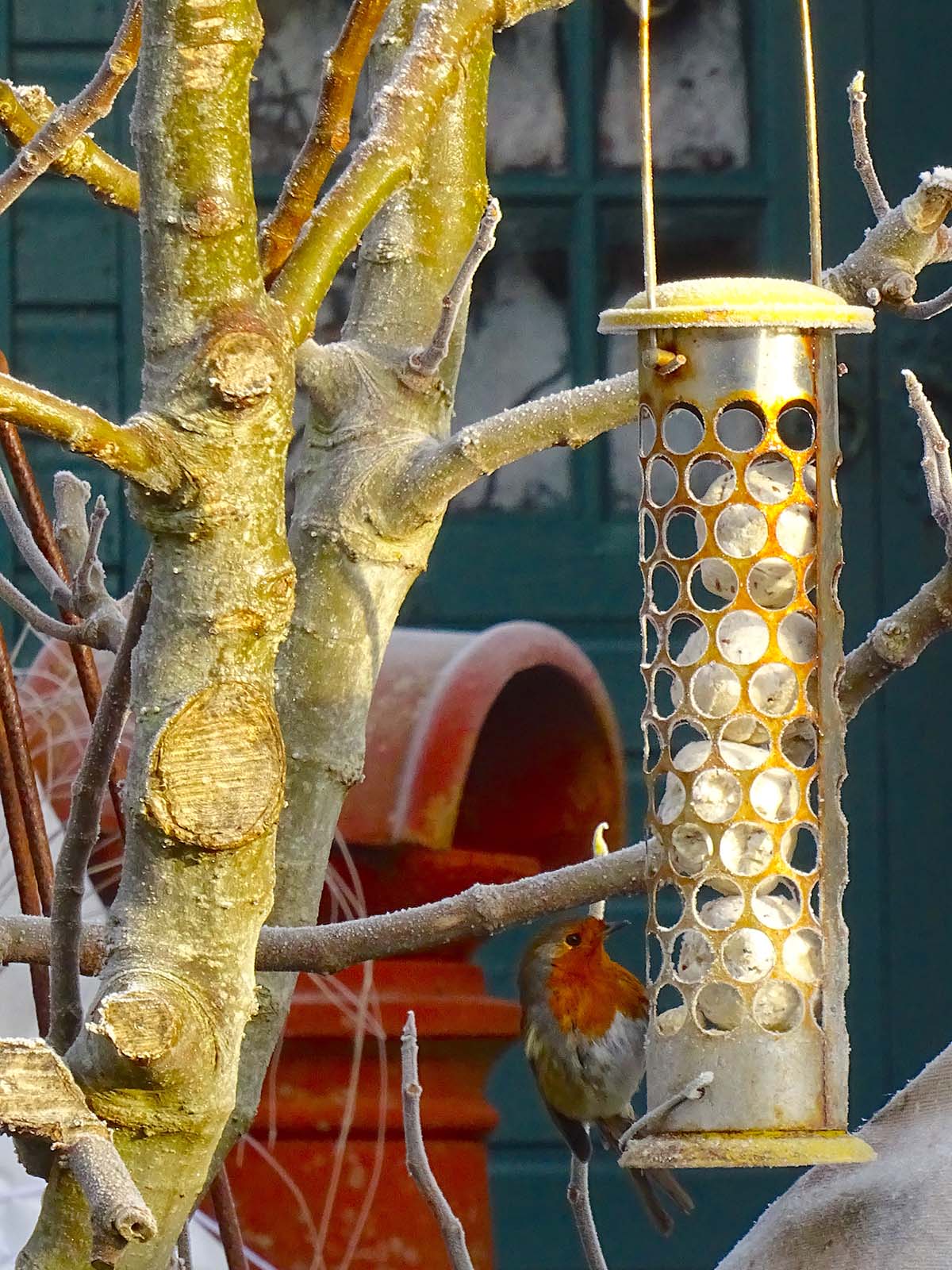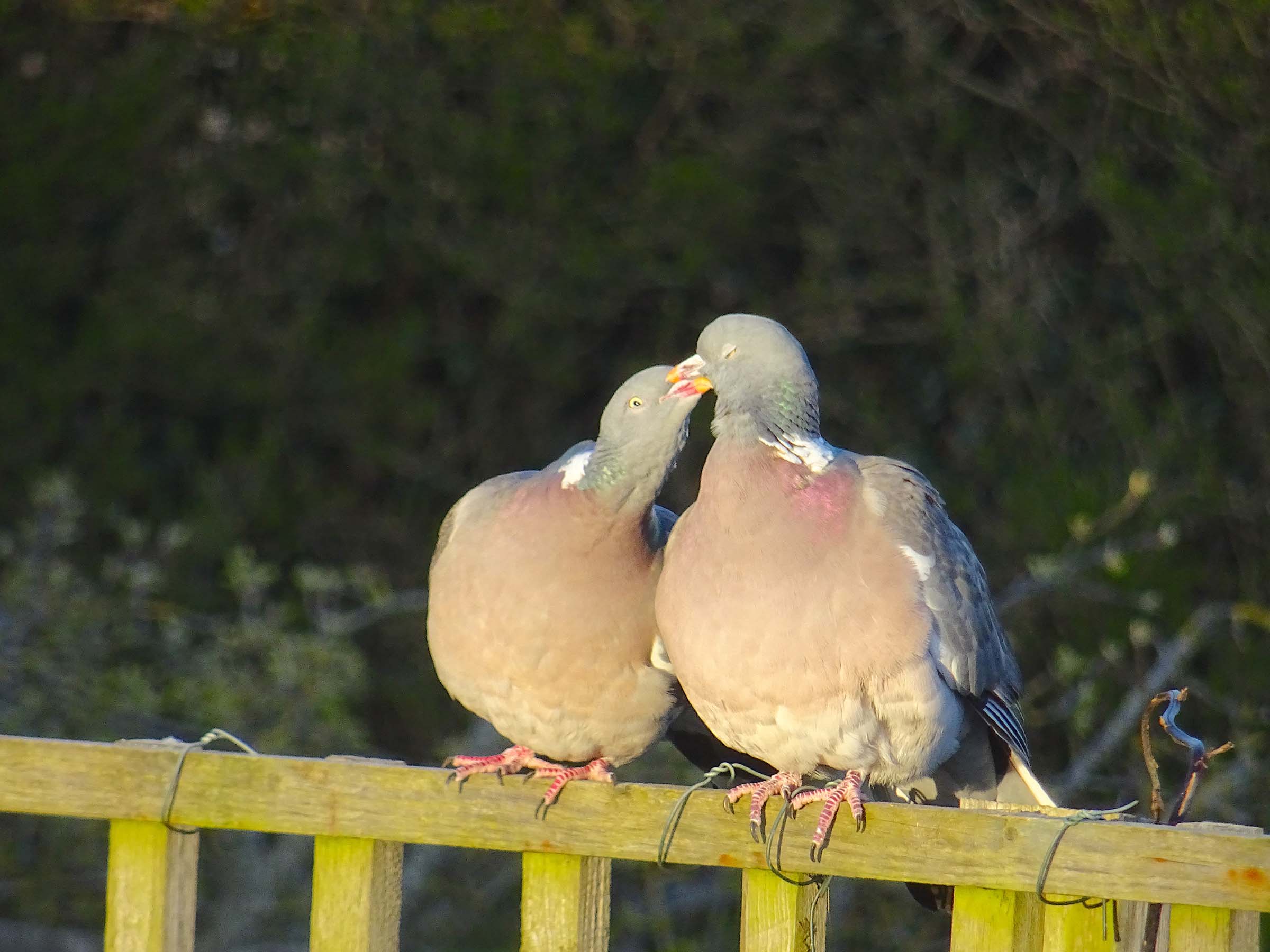Wilder Gardens Testimonials


Geoff Stonebanks testimonial
When I began gardening back in 2007, after having been able to retire early, I can honestly say I did not know much about what I was doing, some might say I still don’t! In any event, nearly 15 years on, my small garden in Bishopstone has received recognition in a number of ways. It’s appeared on BBC Gardener’s World and Good Morning Britain, won Best Small Garden in the UK back in 2012 with Garden News, was a finalist in the Daily Mail national garden competition that year too and a finalist in the BBC Gardener’s World magazine competition in 2018, not bad for a keen amateur. The garden has featured in press and media across the world too. We also open to the public and have seen over 21,000 visitors, with wonderful 5* reviews on TripAdvisor. More importantly we have raised a staggering £152,000 for charity, almost £100K of that for Macmillan Cancer Support.
Supporting wildlife was really not on my radar screen when I made those first changes to my garden back in 2007. I just set out to create a space that I and my partner, not to mention our dog at the time, Albert could enjoy. I clearly knew it was nice to see butterflies and bees in the garden but really did not really comprehend that there were certain things you could do to encourage them to visit your plot. I’m guessing most would be gardeners don’t intentionally plan any specific wildlife friendly interventions, but probably find that it just happens. Well, this was certainly the case as far as Driftwood was concerned! I’m guessing that this will resonate with a lot of people reading this, as it can sometimes seem like a daunting task to create a ‘wilder’ garden.
That all said, I think the three most popular elements of summer wildlife seen in my garden are butterflies, bees and frogs and toads around the small pond! There are dragonflies at times too and I have to mention the number of birds in the garden year-round, many nesting in the hedgerows and ivy on either side of the plot.
So, without actually realising it, establishing good, tall hedging on all sides of the garden created a number of “bird hotels” loved by wrens, robins and sparrows in the main with a few blue tits. One of the most eye-catching shrubs, located behind the pond is a stunning buddleja called Buzz Magenta, it transpires these beautiful flowers are also real magnets for butterflies. I’ve now got 4 different buddleja shrubs planted alongside too, which look magnificent with red admirals and cabbage white butterflies adorning the dazzling flowers. Then there are other plants in the garden that attract butterflies, catmint & lavender, lobelia, aubretia, geranium cranesbill and erysimum wallflower.



Without realising it, you probably have many pollinators in your garden that will be magnets for bees too. Fortunately, many of them have beautiful flowers that look magnificent in any plot or container.
There have been a lot of bees around the garden in recent years, thanks in the main to the plants that have been planted in order to attract them. You will find, verbena, scabiosa, rudbekia, geums, rosemary, geraniums, centaurea, greater knapweed, nepeta catmint, penstemon and lavender, to name but a few you that these visitors can land upon in the garden. Pictured: a bee on Erigeron sea breeze in the beach garden, wall germander at the back and Bidens in the borders.
Over the years we have seen quite a lot of wildlife around the pond. In the main there have been toads and dragonflies as well as many spiders spinning their webs around the plants and metal work. In the summer, the pond is full of lilies which protect the frog spawn and there is marsh marigold which provide cover for beetles and amphibians and iris that dragonflies use to pupate on.

There have been some beautiful belts this summer too, loving the cosmos cupcake growing in containers.
As for the birds, there seems to be an endless number of robins in particular, along with wrens and sparrows, not to mention a pair of lovebird pigeons who regularly sit on the fence together overlooking the garden. In the winter months I put food out for the birds and we have many different pieces of garden sculpture that can double up as water baths for the beds too. So, you’ve probably been doing a lot more for wildlife in your garden than you might realise, perhaps just be more aware of what’s going on and enjoy what you see.
You can read more of Geoff’s garden, Driftwood, and maybe visit in 2022, full details at www.driftwoodbysea.co.uk
Cathy Norcott-Jones Garden testimonial 1
I wasn’t really sure what I expected when I joined Wilder Gardens. I suppose I just wanted some tips about how to make my small garden a bit more wildlife friendly because I like watching the birds and bees. I got all that and much, much more. I now see my garden in a completely different light. It’s been incredibly empowering to know that by making just a few simple changes, I can enjoy more bee’s, birds and butterflies but better still I can play an important part in conserving and protecting our wildlife (and ultimately our planet). I’ve realised that even tiny things can make an impact, and I feel a sense of pride and excitement that I can help others do the same.




Cathy Norcott-Jones Garden testimonial 2
I did a new thing for me this year and just let my lawn do it’s own thing. It’s been intriguing to see what grew, and learn about wildflowers along the way. I am adding a wildlife pond now, so the taming will begin and I am really excited to see what life the pond attracts next spring. I plan to keep some of the lawn so it can please itself next year, but will still try to incorporate some structure (paths and beds for native species). It’s been amazing getting a new perspective and realising that gardens aren’t just about flowers and fauna. I am now just as interested in the creatures that visit us too. Thank you Wilder Gardens for opening my eyes to a whole new world outside my back (and front) door!




